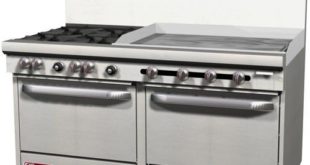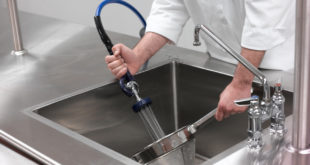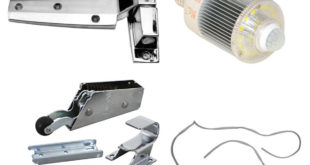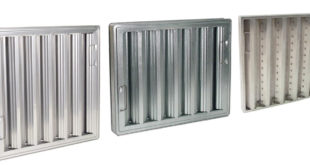When Tundra started, more than 20 years ago, we were a simple plumbing parts distributor. Working out of a garage, our founder, Michael Lewis, began going door to door to see how he could help different businesses in the food service industry get the parts they needed to stay up and running, which quickly expanded Tundra to house more parts to serve its customers needs.
What he learned was that a lot of people in charge of running a kitchen were intimidated to make repairs, even simple ones. Being the honest man he was (and still is), he took this as an opportunity to help teach people how they could make the repairs on their own. The idea was that there were parts that you should have no problem installing yourself, while there were others that should be left to a professional. Michael called them always DIY parts, sometimes DIY parts, and never DIY parts.
Always DIY Parts
Always Do It Yourself Parts require very little research and no technical skill to install. In general, if a part can be installed without the use of tools, it’s an Always DIY Part. Some typical examples include knobs, fryer baskets, light bulbs and hood filters.
If you’re trying to cut operating expenses in your kitchen, these are great items to start with. Because Always DIY Parts don’t require a service tech for installation, you start saving immediately on service labor, and you avoid the usual tech markup. Additionally, these parts can typically be used on multiple pieces of equipment and are generally in-stock ready for same-day pick-up or delivery. Usually, it would not make sense for a kitchen to stock replacement parts, but Always DIY Parts are one of the exceptions. Since most of these parts are multi-use (items like knobs), it may make sense to keep a few extras on hand.
Sometimes DIY Parts
Sometimes Do It Yourself Parts require a small amount of research and little to no skill to install. These parts typically require the use of basic tools for installation, such as a screwdriver or wrench. The skill level for Sometimes DIY Parts is rather broad and spans from screwing in a refrigeration latch to installing a thermostat. While a thermostat is more difficult to install than a latch, the process can easily be taught. Everyone’s range for Sometimes DIY Parts is really determined by their confidence and comfort with making repairs.
Examples of typical Sometimes DIY Parts include refrigeration gaskets, switches, light fixtures, and high limits. While a lot of these items are typically multi-use parts, they are not necessarily needed as frequently so may not always be in stock. It is important when purchasing this category of parts to have a conversation with one of our sales team members to gauge the required technical knowledge for your specific part need.
With these parts, a little confidence and experience can go a long way to save time and money. This being said, most individuals can install Sometimes DIY Parts. If the installation is more difficult, you can always call a service tech to assist and still purchase the part yourself to save you the tech’s part mark-up.
Never DIY Parts
Never Do It Yourself Parts require the highest level of research and advanced technical knowledge to ensure the installation is done properly. Some common Never DIY Parts are refrigeration compressors, steamer boilers/generators, and parts for any 480 volt equipment. Odds are, you’ll want to contact an experienced service tech for these repairs.
Never DIY Parts are typically not in stock, because the parts are linked heavily to specific OEMs, making it unlikely multiple people will need the same part on a frequent basis. While it is best to use a service tech for these types of repairs, you can still look to purchase the necessary parts. To speed up the ordering process, present our sales team with the make and model number of your piece of equipment, as well as the item you need.
Have DIY Questions?
We know that this only slightly covers how to gauge if you should be doing repairs yourself, but as it was Michael’s intention, we do hope that this helps you walk away with a slightly better understanding of what you should have in stock in your own kitchen. And of course, if you have any questions on how to DIY on any of your food service equipment, let us know, we are lucky enough to have a lot of team members with years of experience in equipment repair.
 Corner Booth Blog | TundraFMP Restaurant Supply, News & Equipment Blog
Corner Booth Blog | TundraFMP Restaurant Supply, News & Equipment Blog







